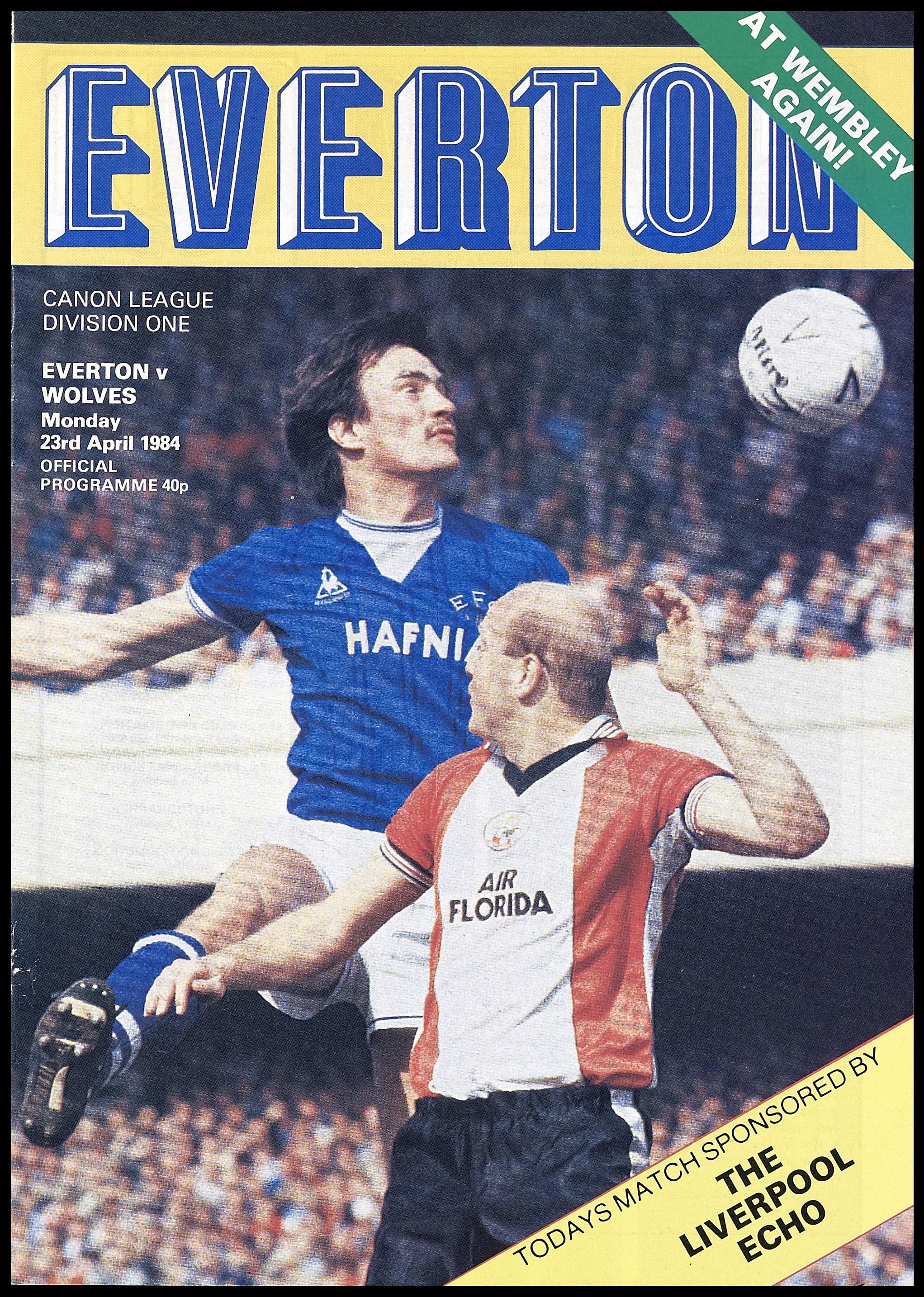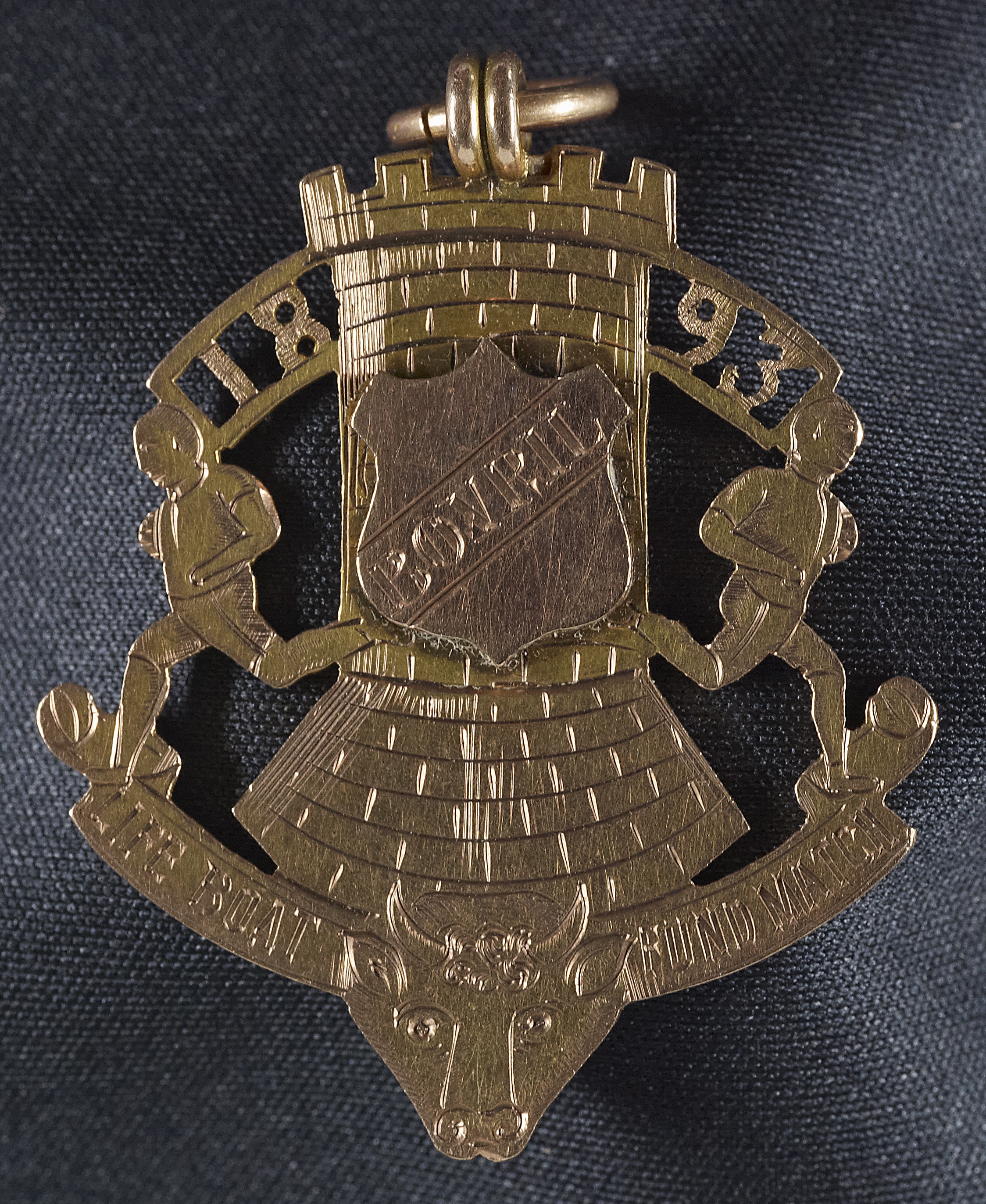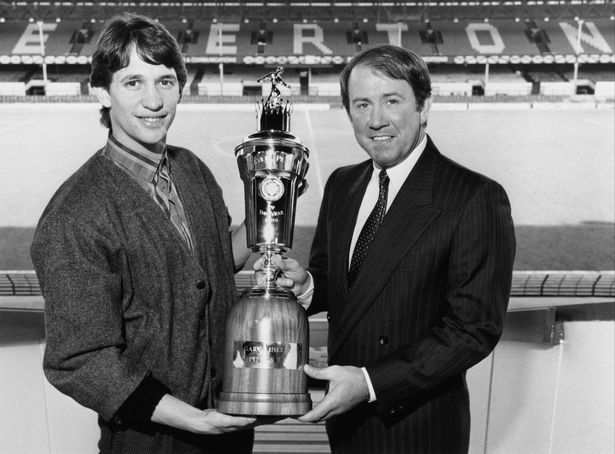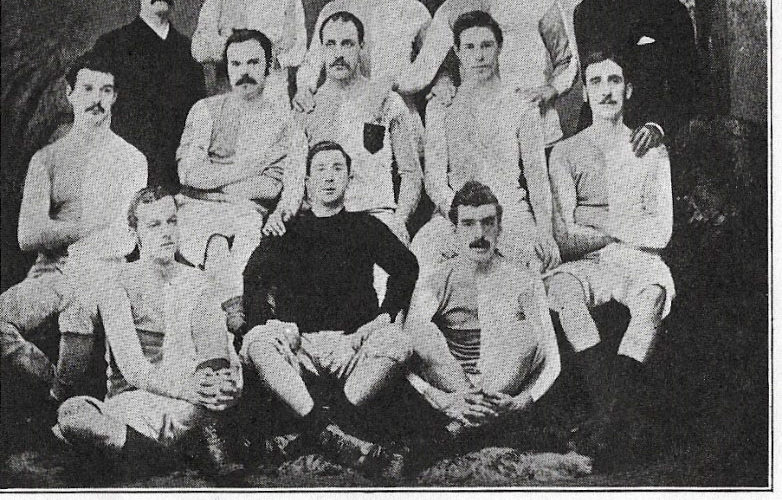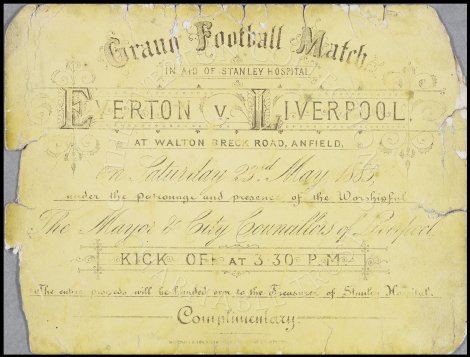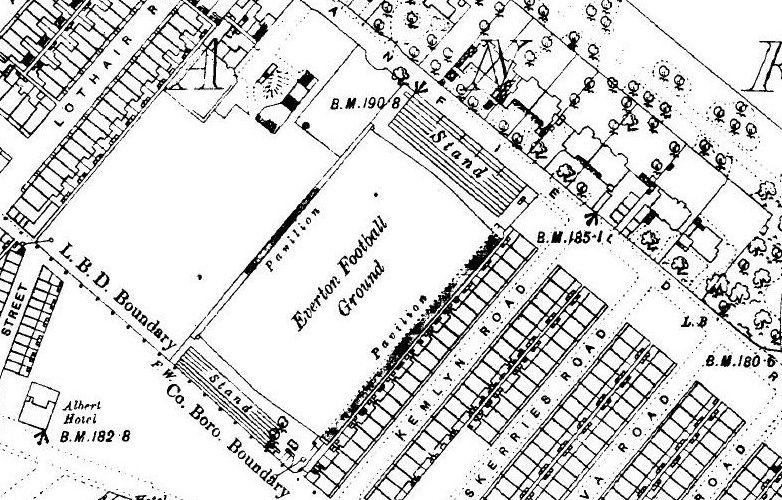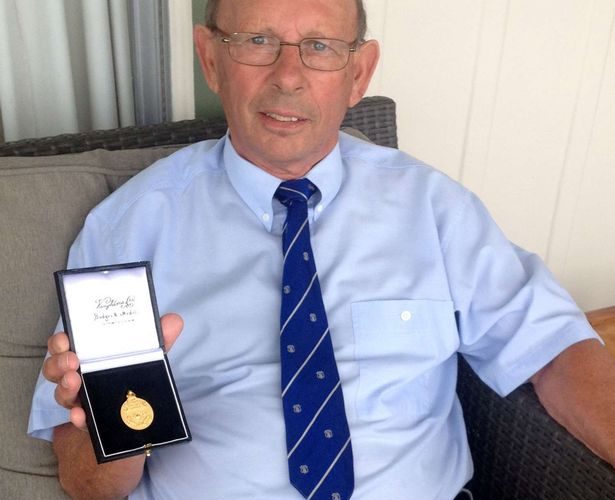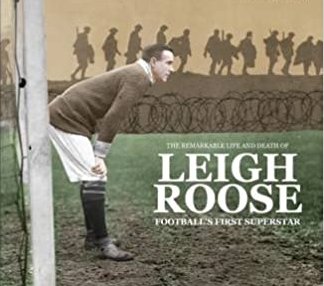Remembrance at Goodison Park 2021
(photo: Sarah Atherton) (photo: Sarah Atherton) Graeme Sharp and Darren Griffiths, who later tweeted; 'Lovely to attend the Remembrance Service by the Dixie statue. Well done to Everton FC Heritage Society for organising it. On this date I always think of my dad’s brother Billy, who perished aboard HMS Dasher that sank on 27 March 1943. My dad still remembers the knock at the door… (photo: Sarah Atherton) (photo: @mintisculture) Many thanks again for all the work by Paul Kelly of Everton FC Heritage Society and his wife Jean (centre) in pulling things together for the commemoration event on 11…


